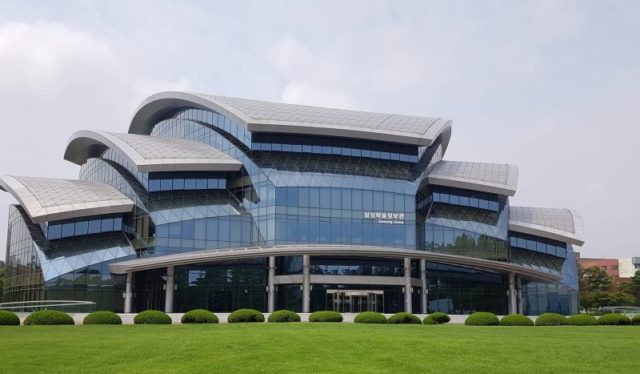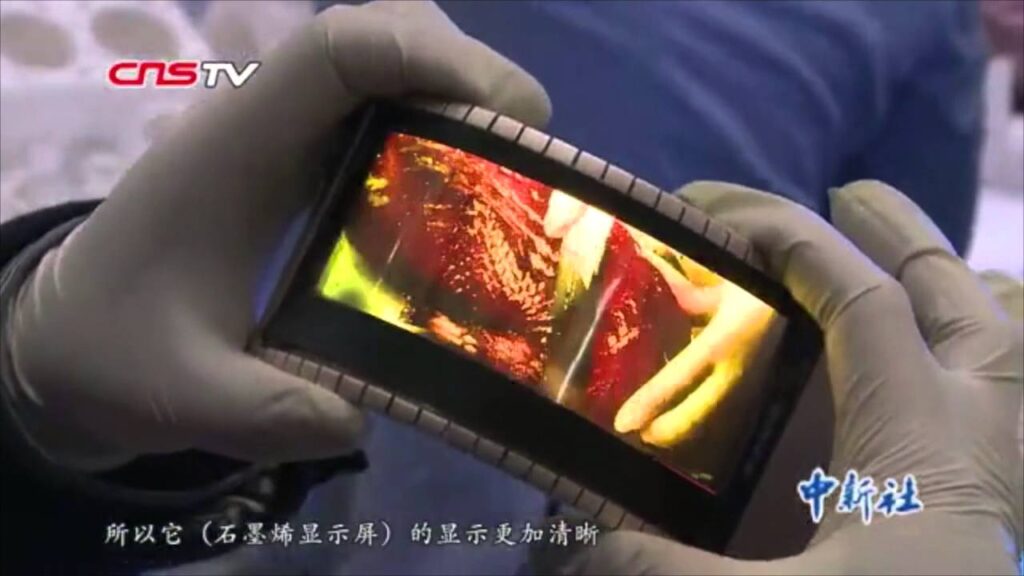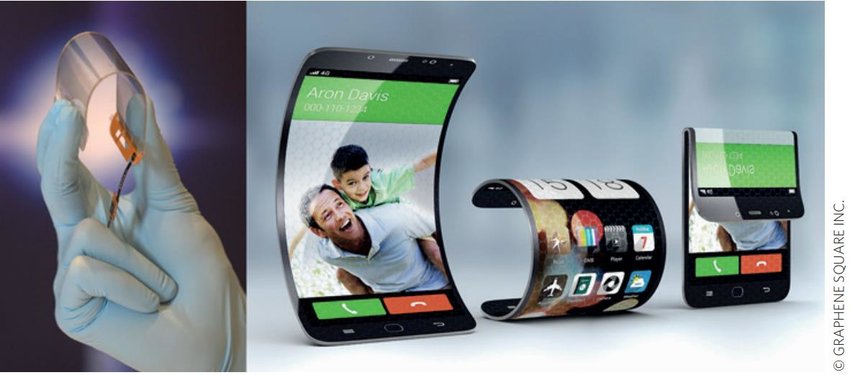Graphene, a sheet of carbon with only one atom thick, has spectacular strength, flexibility, transparency, and electrical conductivity. Encouraged by its potential, the application in new devices such as touch screens and solar panels, several researchers have tried to create ways to make large sheets of pure graphene . However, during the thirty years since the discovery of graphene, laboratory experiments have been able to produce mainly only simple pieces of the material, and mass production has been considered to be viable in a very distant in time.
A group of researchers from Samsung and Sungkyunkwan University in Korea has produced a continuous layer of pure graphene the size of a large television, printing it through rollers placed on top of a flexible and transparent 63 cm wide polyester sheet.

The team has already created a flexible touch screen by using polymer-based graphene to make the screen’s transparent electrodes. The material currently used to create transparent electronic components, tin and indium oxide, is expensive and fragile. The production of graphene on foldable polyester sheets is the first step in creating stronger, cheaper and more flexible transparent electronic components. You even could roll up your iPhone, and put it on your ear like you would do with a pencil.

But products of this type will take some time to arrive, because of the technical differences between research and mass production. Current manufacturing processes for indium and tin oxide use a different diffusion technology than roll-to-roll printing.
In conclusion, this technology could be a massive change to what smartphones and the use of screens in our society, where these have always been a rigid and fragile, will start to adopt some other capacities, on of the most relevant, the option to bend and modify its shape.

